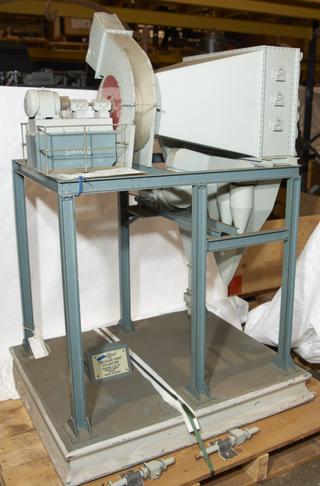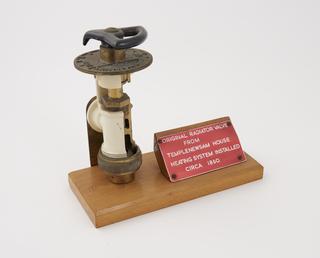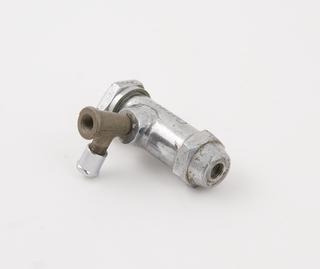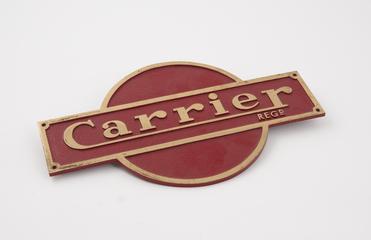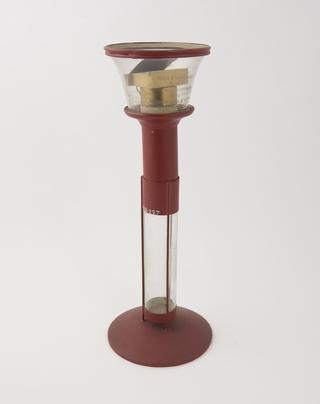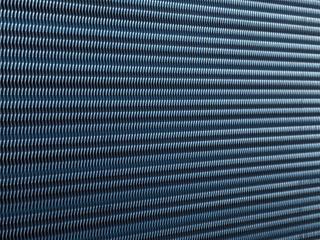CO2 refrigeration plant pipe bent
CO2 refrigeration plant pipe bent
More
The development of vapour-compression refrigeration systems began in the late 19th century. These systems work by using a refrigerant gas, early examples being C02 and ammonia, and cyclically compressing and expanding them to extract heat from one room and passing it another, creating cold stores.
This single cylinder C02 compressor system originally consisted of multiple compressor-motor drive pairings and was built in 1906 and installed at A.J Mills & Co. Ltd’s cold stores based at Tooley Street, London. These stores specialised in housing internationally imported and exports foods and perishables, and C02 refrigeration was used to keep its four large diary stores cold, which kept butter from France, Canada, Australia, Siberia and the Netherlands.
The design of this refrigeration system was developed in the 1890s by J & E Hall, who were one of the very first companies to become a major distributor of vapour-compression refrigeration systems for the UK. This system is notable for being one of the first to have its 95rpm D.C motors (designed by the Electromotor and Dynamo Co) powered through the mains electricity, which was provided by County of London Electric Supply Co.
This design of refrigeration was conventional until the mid-40s, although C02 became increasingly unpopular as a ‘safe’ refrigerant over the course of the 20th century, being replaced with ammonia and R-12 (also called Freon) for both domestic and industrial cooling. However, C02 based refrigeration and cooling has seen renewed interest and development in the 21st century, as it is less damaging to the environment than other popular refrigerants.
J & E Hall International is still operational and the company are still based in Dartford.
